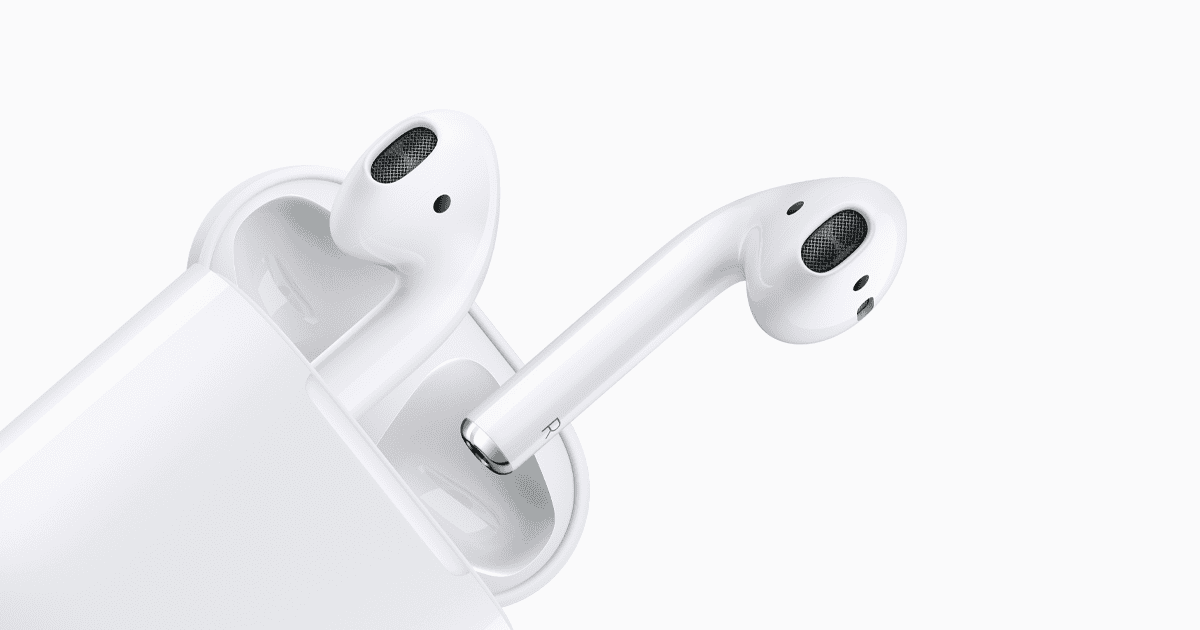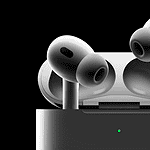AirPods, Apple’s popular wireless earbuds, have become a common accessory for personal listening. While convenient and trendy, their impact on hearing health raises concerns. Continuous exposure to high volume through earbuds can lead to hearing damage. The design of AirPods allows them to sit directly in the ear canal, which can amplify sound levels and potentially contribute to hearing loss over time.
Users can minimize risks by managing listening habits carefully. AirPods offer features to monitor and limit volume levels but relying solely on technology is not enough. It is important to take regular breaks and limit exposure to loud sounds. Ear health is not just about volume control but also about how long and how often one uses earbuds.
AirPods And Your Ears
AirPods and other wireless earbuds have become everyday essentials for music, podcasts, and calls. But with their growing popularity comes an important question: Can AirPods damage your ears? The short answer is yes—if used improperly. Let’s explore the risks and how to protect your hearing.

🔊 How AirPods Can Affect Your Hearing
1. Volume Levels
- AirPods can reach over 100 decibels (dB) at maximum volume (source: Wadsworth Bruin).
- Sounds above 85 dB for extended periods can cause hearing damage, according to the CDC.
- At 120 dB, hearing damage can occur almost instantly.
2. Duration of Use
- Listening for hours without breaks increases the risk of hearing fatigue and long-term damage.
- The World Health Organization estimates that over 1 billion young people are at risk of hearing loss due to unsafe listening practices.
3. Ear Health Concerns
- Prolonged earbud use may increase the risk of ear infections by trapping moisture and bacteria (source: Advanced Healthline).
- Constant use can also reduce situational awareness, which is a safety concern in public spaces.
⚠️ Signs of Hearing Damage
Watch out for:
- Ringing in the ears (tinnitus).
- Needing higher volume to hear clearly.
- Difficulty understanding conversations in noisy environments.
If you notice these symptoms, it’s important to consult an audiologist.
✅ How to Use AirPods Safely
- Follow the 60/60 Rule
- Listen at no more than 60% volume for no longer than 60 minutes at a time.
- Take Listening Breaks
- Give your ears time to recover by taking breaks every hour.
- Use Noise Cancellation Wisely
- With ANC (Active Noise Cancellation), you can listen at lower volumes since outside noise is reduced.
- Keep Them Clean
- Regularly clean your AirPods to prevent ear infections.
- Check Your Hearing Health
- Many devices, including iPhones, have a Headphone Safety setting that tracks listening levels and alerts you if they’re too high.
📝 Bottom Line
AirPods can damage your ears if used at high volumes or for long periods. But with responsible use—keeping volume moderate, taking breaks, and cleaning them regularly—you can enjoy your music and calls while protecting your hearing for the long term.
Key Takeaways
- Prolonged exposure to loud noises from earbuds like AirPods can lead to hearing damage.
- AirPods have features that help monitor and regulate sound levels to promote safer use.
- Practicing good listening habits such as taking breaks is crucial for ear health.
Potential Health Risks of Using AirPods
AirPods and other in-ear devices may pose health risks concerning hearing and ear health. The user should be aware of these risks.
Hearing Loss and Damage
Extended exposure to high volumes can lead to hearing loss. Noise over 85 decibels can damage hearing over time. Experts suggest that individuals should listen to devices like AirPods at 60% volume for no more than 60 minutes at a time. The World Health Organization warns that loud noise can cause permanent hearing loss. This type, known as noise-induced hearing loss, highlights the need for hearing protection.
Effects on the Ear Canal
AirPods sit within the ear canal. This can create a warm, moist environment where bacteria and fungi might grow, potentially leading to ear infections. Experts advise the use of foam or silicone tips to improve hygiene and fit. Additionally, taking breaks from wearing AirPods can help to prevent issues such as ear pain. Users should monitor any discomfort and consult an audiologist if they experience pain or other symptoms indicating ear canal health might be at risk.
Optimizing AirPods Use for Ear Health
When using AirPods for audio experiences like music, podcasts, or conversations, it’s crucial to maintain sound practices to protect your hearing.
Safe Listening Practices
To prevent ear damage, users should monitor their volume levels. The iPhone Control Center provides a way to check decibel levels, helping users keep volume in the safer range of 60 to 70 decibels; this is akin to a normal conversation and far below the thresholds one might experience at a rock concert. Adjusting volume control can be a key habit for preserving ear health, especially during extended use. For an ideal audio experience, AirPods users should consider giving their ears a break every 90 minutes to alleviate potential ear fatigue.
Choosing the Right Accessories
Fit and comfort are essential for enjoyable and safe AirPod use. AirPods Pro come with silicone tips in different sizes ensuring a better seal and fit. Users can also look into third-party accessories like Comply foam tips which conform to ear shape, offering improved comfort and noise isolation. For those seeking alternatives for a better fit or different listening experience, options like over-the-ear headphones or other in-ear options like Powerbeats Pro or Jabra Elite 75t can serve as suitable alternatives, some providing noise-canceling features that can allow for lower listening volumes.







